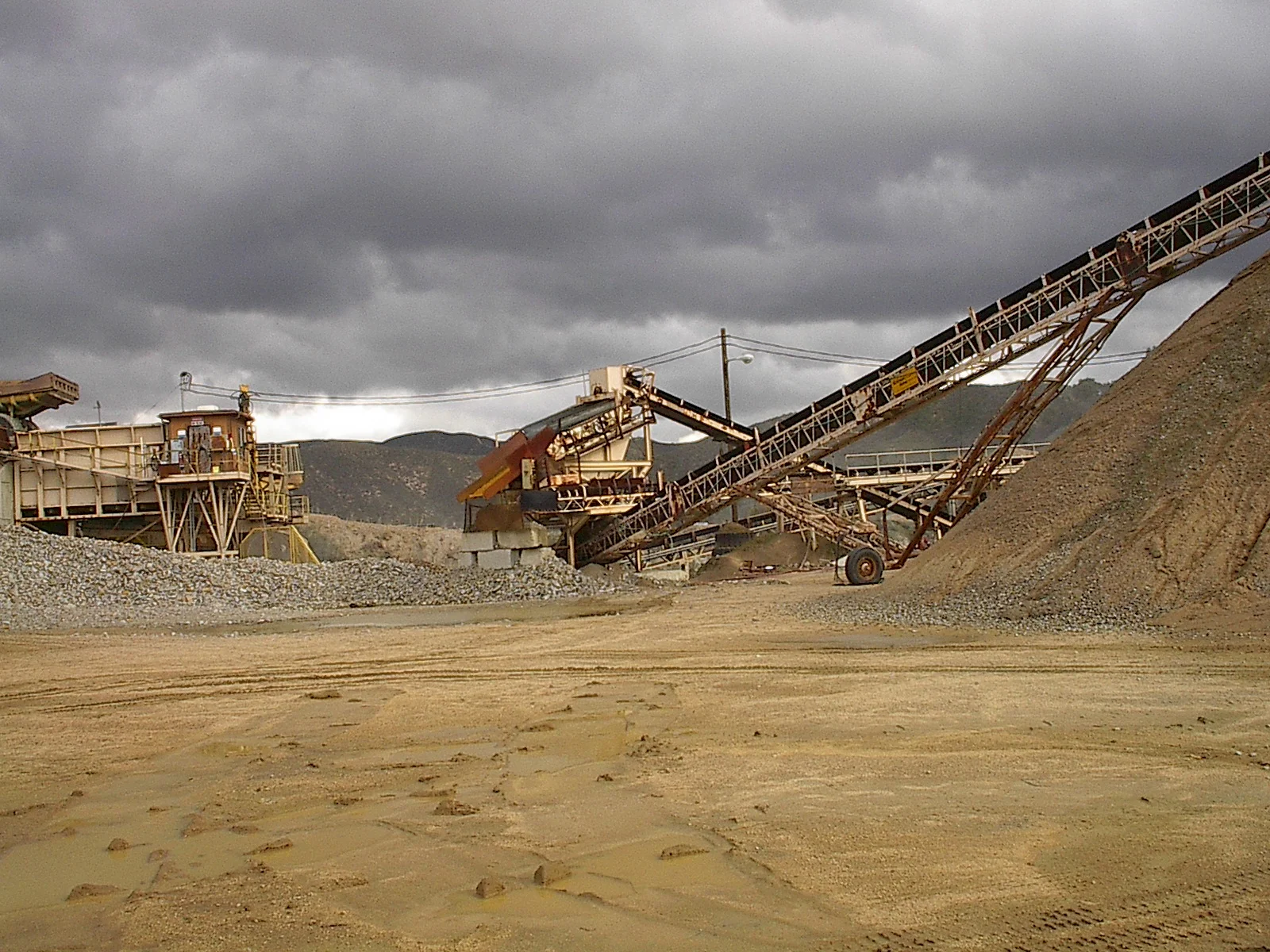Written by Travis Jokerst.
Anyone who has ever tried to develop undisturbed land knows they will be faced with a requirement to mitigate for biological impacts caused by the development. In most cases, the project proponent (applicant) is given the option to mitigate those impacts either on-site or off-site. Off-site mitigation typically involves purchasing credits from an approved mitigation bank. The local, state, or federal agencies might even require using a bank that is in the same ecological region as the development site.


